
Arts & Culture
Preserving precious Indigenous languages
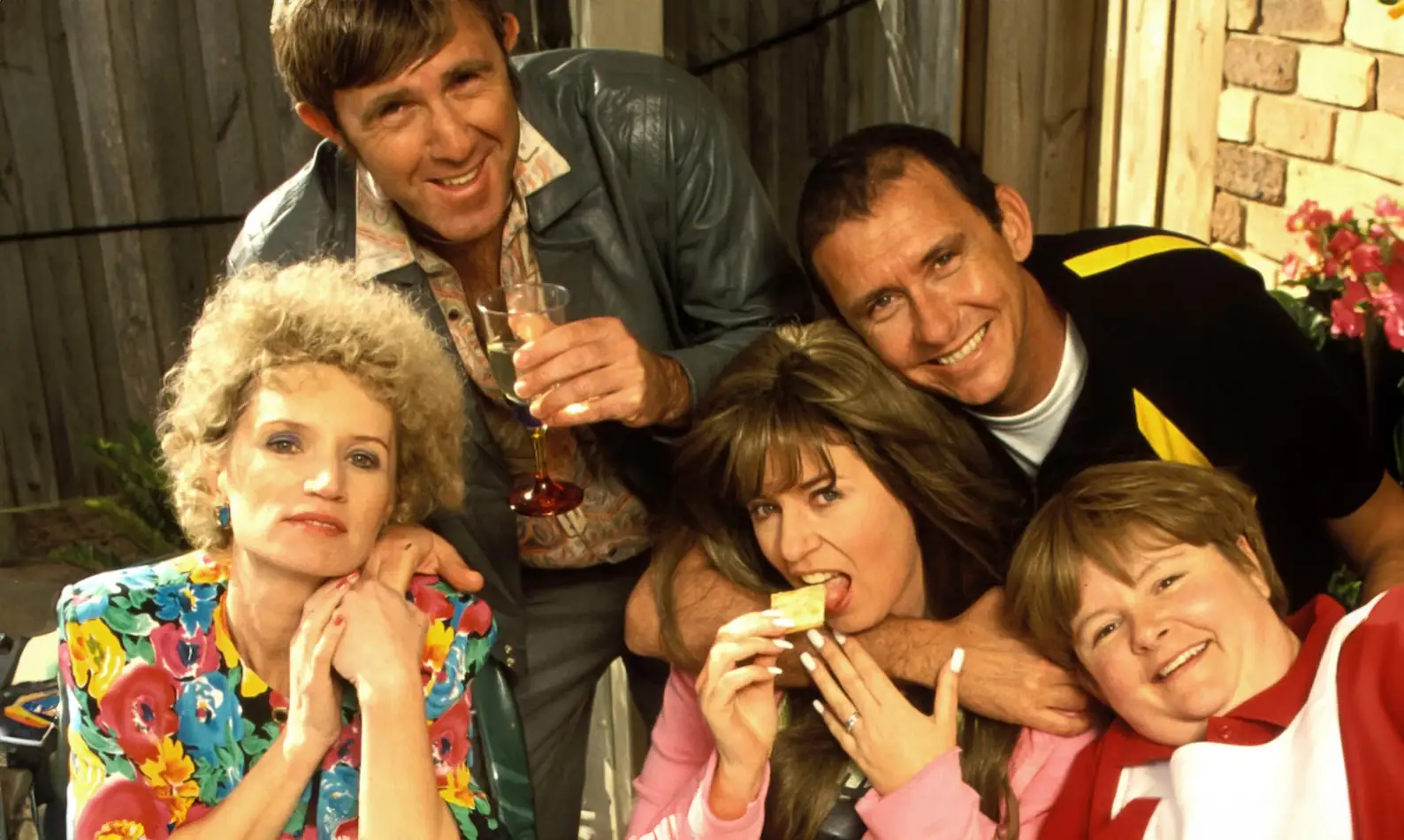
Unlike other countries the modern Australian-English accent doesn’t have huge regional variations. So what are the factors that lead to the evolution of an accent?
Published 6 September 2017
There is clearly some variation in the way Australians speak, but for a big country it is strange the English-Australian accent hasn’t developed strong regional roots.
The answer, say University of Melbourne experts, is less to do with geography and more to do with history.
Australians have a long history of wanting to retain their British roots and ‘fit-in’ together – but technology also plays a part; access to a globalised media is continuing to smooth out what small differences there are.
Senior voice lecturer at the Victorian College of the Arts, Leith McPherson says language is both a way to merge and differentiate yourself from social groups.
“All accents are constantly changing but some are changing at a glacial rate because of their isolation,’’ she says.
“In Australia, there just hasn’t been enough time or isolation in the 229 years since colonisation began for accents to become a location specific thing.”

Arts & Culture
Preserving precious Indigenous languages
As well as being a younger country than the United States in terms of white settlement, an extra influence on the evolution of the Australian accent comes as a result of children.
Dr Debbie Loakes, a phonetics expert at the School of Language and Linguistics, says the Australian accent levelled out very quickly after British colonisation, and experts believe that it was predominantly formed by children.
Children, Dr Loakes says, are especially influenced by the way others speak, especially their fellow children which means they are more likely to all sound alike.
“There’s a lot of push and pull as to whether or not you adopt the way someone else speaks,” says Dr Loakes.
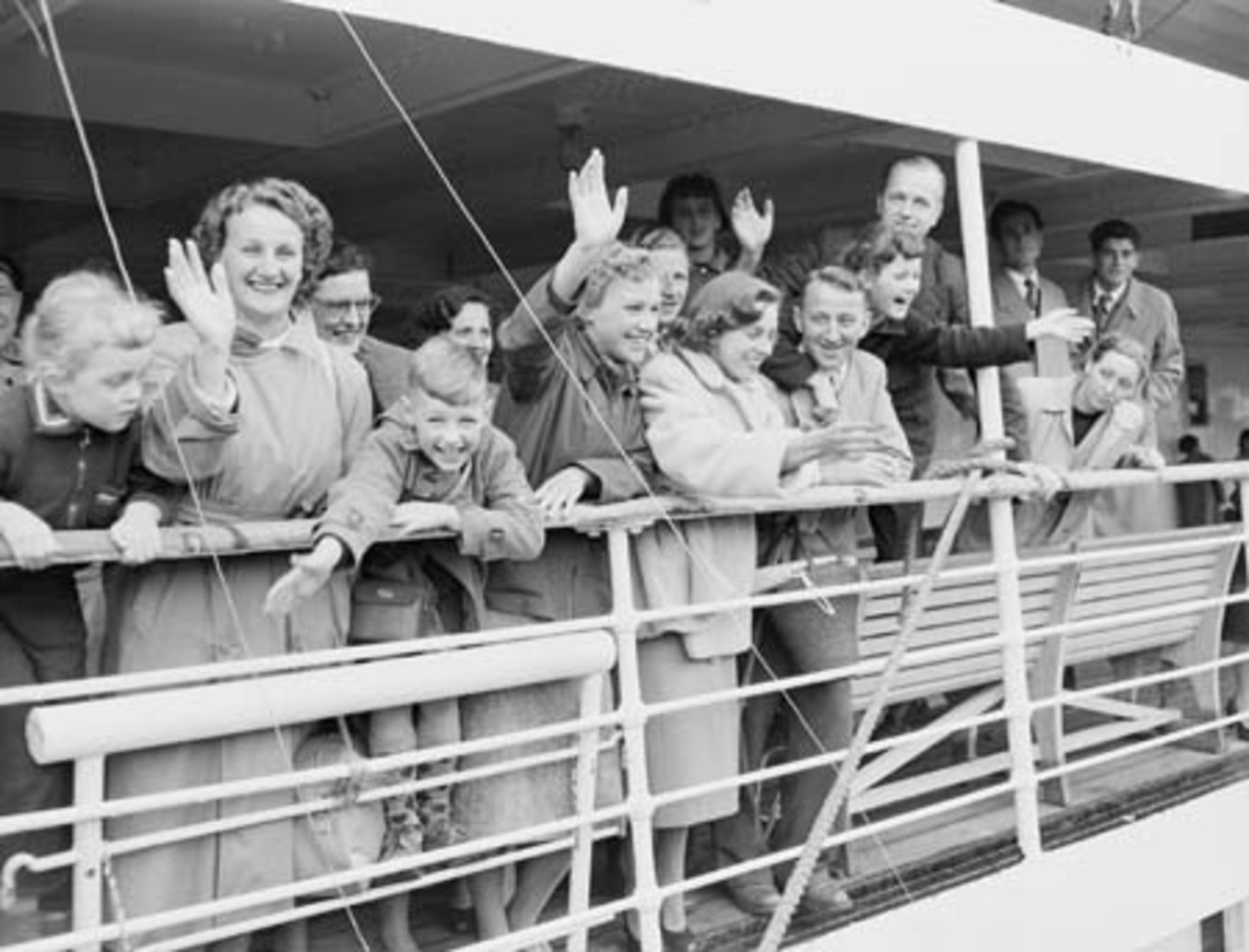
“Initially there would have been a lot of English accents coming together in the early years, and mainstream Australian English is thought to have its origins in the interactions between second generation children whose accents are thought to have “levelled out”.
"Just like one big melting pot, it started us off with relatively little variation in accent.”
While indigenous Australians had developed over 250 different languages at the time of European colonisation, non-indigenous Australians simply haven’t been around long enough to develop regional accents.
And as an English-speaking immigrant population, it was their common language that bound them together.
“Australian accents instead tend to be more connected to social groups than geography. You adopt the accent of the group you want to blend with,” says Ms McPherson.

Politics & Society
Learning from the past: Working with WWII refugees
Ms McPherson is well known for her work as a dialetic coach in the theatre and on films like Peter Jackson’s The Hobbit trilogy, which used J.R.R. Tolkien’s created languages.
“One of the weird things that I do in my life is work with made-up languages, like Elvish or Dwarvish. But languages take time and regular use to become real and a population will change the way a language is used over time. That goes the same way for accents.”
“So there is a sense that European Australians were, by choice or by necessity, creating a new world together. And in this new world, as in any population anywhere, you develop a cultural currency within the language,” says Ms McPherson.
Then there’s the somewhat dated historical link to the Mother Country.
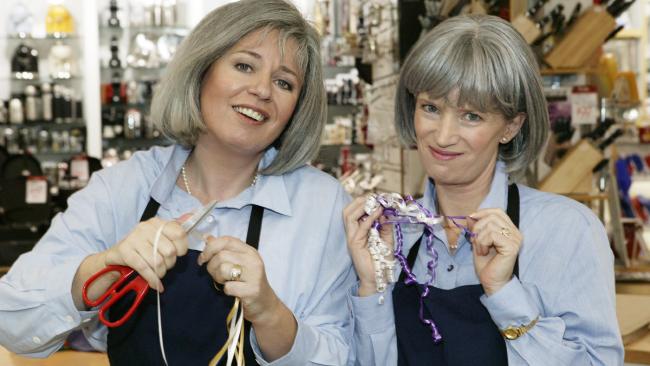
“If you want to hang on to your British identity as my grandparents on my mother’s side did, they were Anglophiles, it was considered that people who spoke “correctly” were on the Received Pronunciation, or southern British, end of the Australian spectrum.
"And that has had a huge influence.’’
She says many of the people who arrived in Australia with other accents weren’t here by choice – circumstance led to it – so for the most part people were willing and wanting to leave their past behind.
“More recently American influences are coming into the Australian accent much more so than British. So if you listen to Australian accent recordings from the 1950s, they are quite different, much more British than the average accent that you hear today,” she says.
Professor John Hajek, a linguist from the School of Languages and Linguistics, says variations in Australian accents tend to reflect presumed social differences, not regional ones.
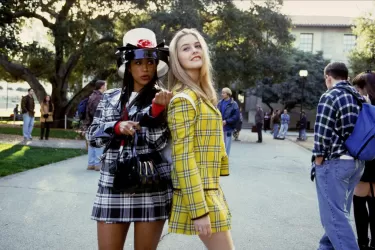
Arts & Culture
‘Like’ has totally evolved to become, like, a legit word
“When you listen to an Australian it’s much harder to identify what their regional origin might be, but we’re very good at picking out what we assume to be the social characteristics of a speaker.”
So, is there an element of snobbery there?
“Until the 1970s the cultivated Australian accent that was very common. It was the sort of accent you aimed for if you did speech and drama. It was meant to show you were cultivated, educated, and of high social status,” says Professor Hajek.
“There was a lot of time spent coaching people, so if you talk to your mothers and your grandmothers, they will often talk to you about how they had elocution lessons, to make them sound more refined. But that has progressively disappeared and it has become quite unusual now.’’
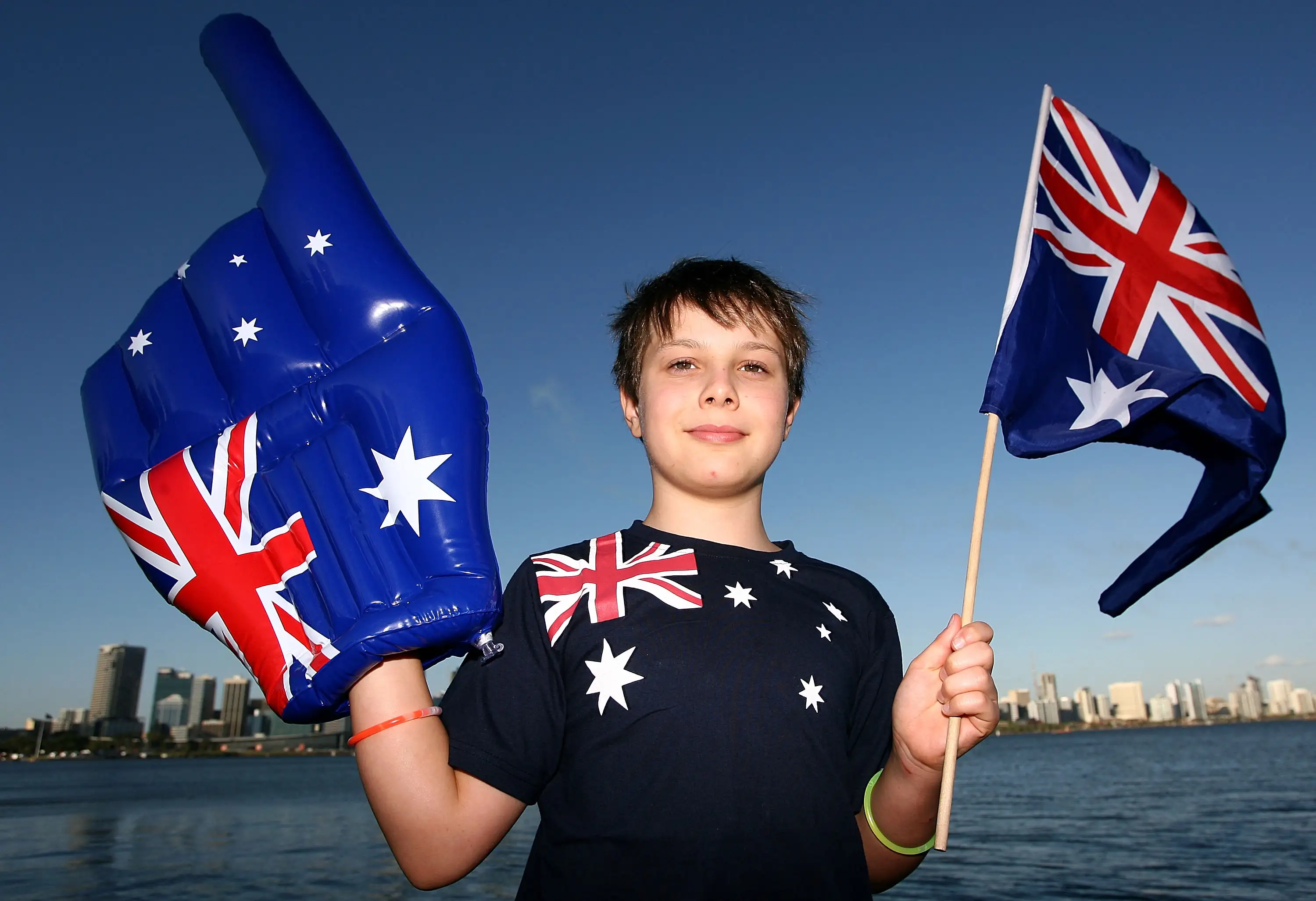
Interestingly, Professor Hajek says the proportion of people who might identify as having a very broad Australian accent is also dropping.
And that’s a direct result of mass media as well as mass university education.
So although we all sound similar, there are variations – but for how much longer?
“Linguists once talked about a three-way split in the Australian accent between broad Australian, general Australian and cultivated Australian, but even that is falling away now.”